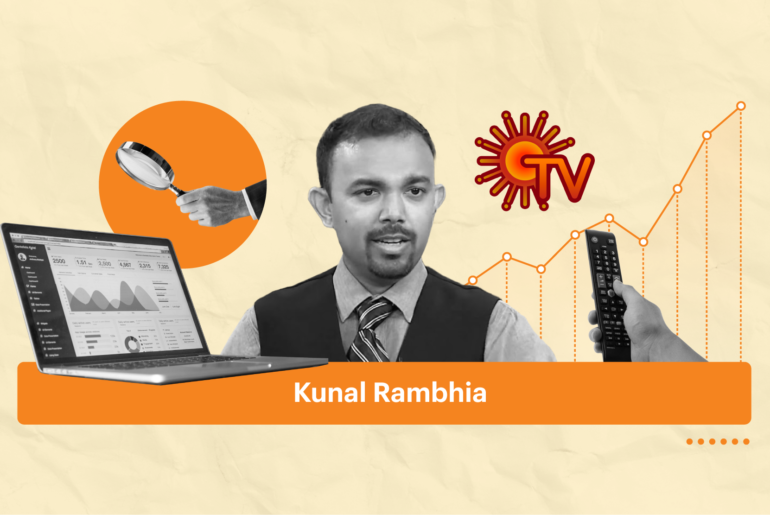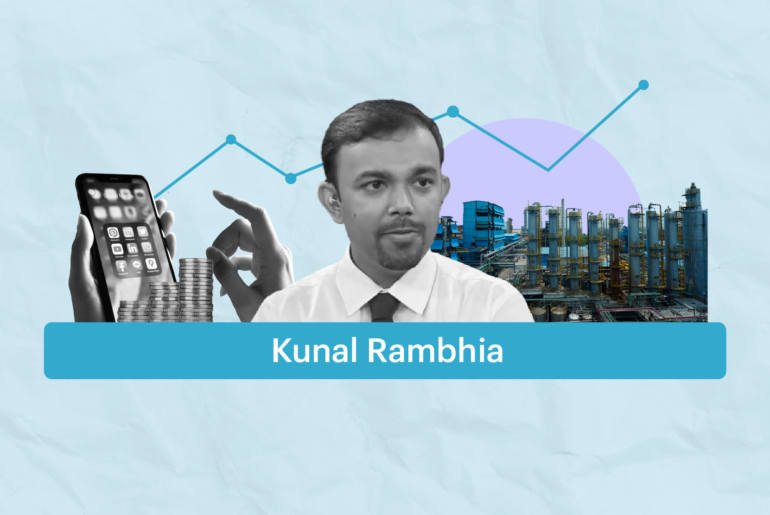Last Updated on Sep 29, 2022 by
Bonds, stocks, and even a handful of commodities have fumbled since the Russia-Ukraine war broke out. The 10-yr US treasury bond – considered the safest and most liquid instrument in the world fumbled a staggering 15% from its highs. The safe haven tag attached to bonds went into paralysis during these last 12 months. Gold, an all-time safe haven asset, has fallen close to 8% since the war broke out. This raises a pertinent question, how shall one allocate during times of uncertainty, war, inflation and other exogenous headwinds when the traditional investment approaches are deemed bedridden?
As inflation rises, consumers lose buying power, and to combat this, the respective country’s central bank raises interest rates to slow down the economy and, as a result, tame inflation.
Overallocation to high-growth stocks and high yield debt can make up for a hideous portfolio during inflationary times. Time and again, a combination of quality stocks, floating rate debt and a commodity allocation has proven to be a resilient portfolio choice.
In this article, we will discuss the screening of fundamentally strong quality stocks using case-by-case examples.
Record high active market participation by retail investors was recorded during the peak of 2021 when it touched 45% of NSE market volumes; however, as the sentiments reversed and markets shrivelled, this figure dropped to a 5-yr low of 34%. Essentially, a majority of new investors bought high and sold low. We have spoken to many investors who either lost patience or fell victim to herd mentality.
Knowing what to own and knowing why you own are pivotal in markets like these. Whether it’s a mutual fund, a Smallcase or an individual stock, the more you know, the lower the risk. Understanding complex working and talking to an underlying stocks management may not be ideal for every investor. However, basic financial metrics and a profound understanding of what the company does are momentous in picking the right, if not moving closer to filtering out the right name. This is the starting point.
Understanding these basic metrics and analysing how these metrics would influence the performance of the company during the war, inflation, interest rate hike, or any other headwinds is crucial in reducing the overall portfolio risk. Again, the more you know, the lower the risk.
When we analyse a company, we try and understand 90-95% of the underlying company. The other 10% is left to the unknown, the real risk factor. This enables us to outperform even the benchmark and deliver an appreciable alpha consistently.
For instance, one of the portfolio companies, KPR Mill which we identified in 2020. The company was forward to integrating ethanol in its sugar segment and into garments in its textile segment. These forward integrations came with higher margins. New capex was being supported with mainly its existing reserves, and we foresaw the company as a key beneficiary of the anti-China sentiments. The textiles segment contributes 43% to their overall revenues, and 60% of textile power requirements were being met in-house through its windmills. On the valuation front, the KPR was trading at a PE of 13x. Low debt, significant promoter holdings, management experience and consistent cashflows further supported our BUY thesis.
During inflationary times when energy prices skyrocketed, we expected KPR to maintain margins owing to partial power self-sufficiency. And now, in 2022, they are moving towards full self-sufficiency. With time, the company was able to insulate itself from the rise in energy prices. The rise in shipping container prices did have a slight effect on their margins, but nothing detrimental.
J Kumar Infraprojects, which is primarily engaged in the construction of roads and metro rail projects was another fundamentally solid stock which proves to be least affected by the ongoing exogenous drivers. The company had an order book of close to Rs. 12,000 cr. when we first identified, however, the execution and completion of projects were sluggish. Given their technical capability, we expected the company to garner its order book with a steady recovery in execution rate.
J Kumar was available at a PE of 8x, which was severely discounted in comparison to its peers given its revenue runway and consistent margins, among other observations. As inflation took off and central banks began drawing out liquidity, J Kumar was least affected. The company began to increase their pace, and every project it undertook had a price escalation clause, which enabled them to silence inflation and other negative external factors.
KPR Mill and J Kumar Infra, the two companies discussed above had several common traits – stable high margins, prospects, and high corporate governance among others. Every good company is unattractive at a high price. Valuations are instrumental when it comes to stock picking. Basic comparison to its own long-term PE or Price/Cash flow, or comparison to its industry peers will help investors in avoiding a good company at an exorbitant price and enable the identification of a high-quality company at the right price.
All in all, as a long-term investor, once your asset allocation strategy has been finalised, each stock must be chosen after understanding how the company would be positioned in different environments and whether my company would be able to shrug off unfavourable exogenous factors. Other factors to look out for are strong corporate governance, low debt, and stable margins.
This article is written by Divam Sharma, founder and CEO of Green Portfolio and a former analyst at CitiBank, IMGC, and Kotak Mahindra Bank. Check out Green Portfolio’s smallcases.
- New Age Companies, Blessing in Disguise? - Dec 20, 2022
- All Debt Is Not Bad Debt - Dec 12, 2022
- Investments That Can Help During Inflation - Nov 15, 2022





